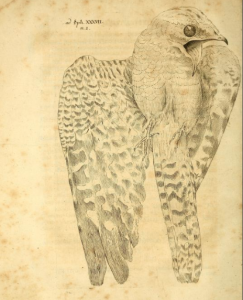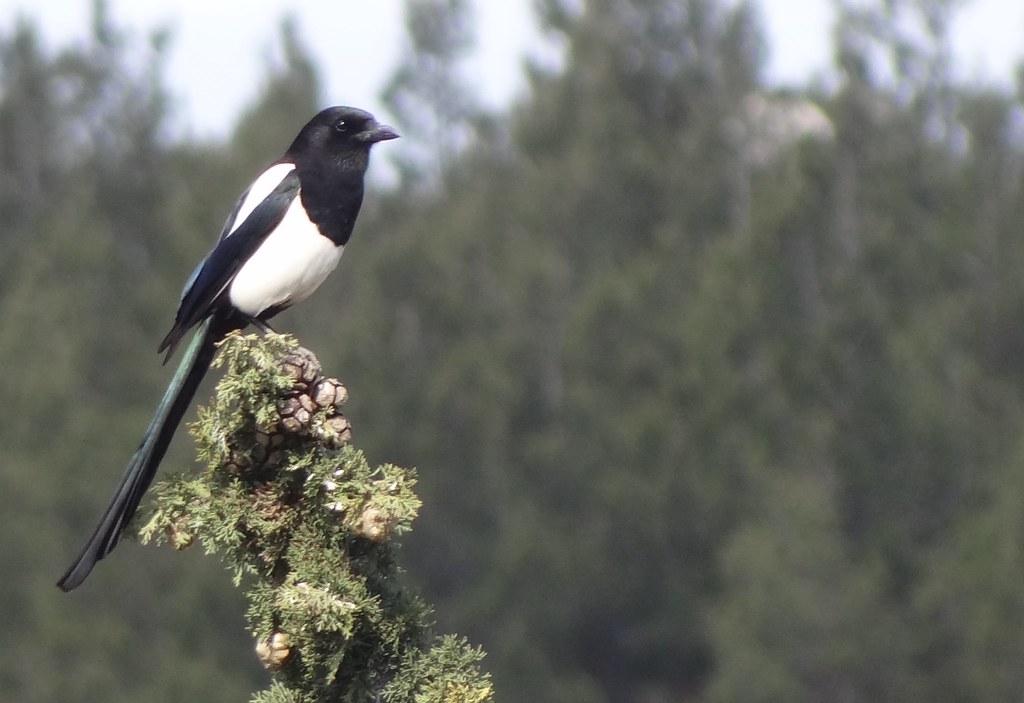And you thought skimming the occasional milk pail was bad.
Halloween seems a good time to recall that nightjars, those mysterious nocturnal flutterers, have been rumored to engage in behavior far more treacherous than merely suckling at the udders of defenseless livestock.

In 1750, the Pomeranian ornithologist Jacob Theodor Klein listed as names for the European nightjar “witch,” “night harmer,” and something that seems to mean “child smotherer.”
Some of us snooty moderns may have our doubts, but the terrifying engraving that accompanies Klein’s account convinces me. Myself, I’m keeping the windows closed til Halloween is over.


